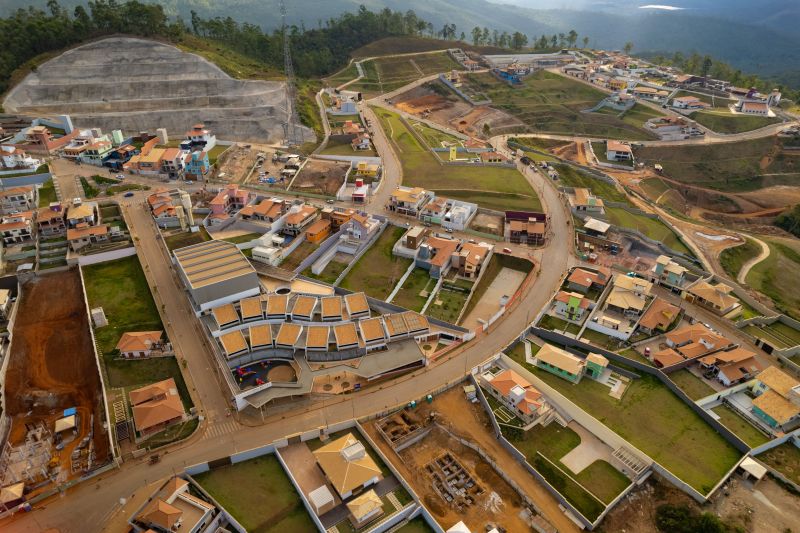As the specter of climate change looms larger, its ramifications reverberate through industries worldwide, with mining standing on the precipice of an unsettling transformation. The earths shifting climate patterns—marked by erratic weather events, rising sea levels, and increasing temperatures—are not just abstract concepts; they have tangible, immediate implications for mining operations.
From flooded mines to destabilized ground, the vulnerabilities inherent in these deep subterranean ventures are illuminated in stark relief. With the potential for disasters escalating, stakeholders must confront a harrowing reality: the traditional approaches to mining may no longer suffice in an era defined by environmental upheaval.
The question is not merely how mining will adapt, but rather, how the escalating crises induced by our changing planet could catalyze future catastrophes within this already perilous industry.
Understanding the Intersection of Climate Change and Mining Operations

The intricate relationship between climate change and mining operations is becoming increasingly critical as global temperatures rise and extreme weather events proliferate. As mining sites often lie within vulnerable ecosystems, the impacts of climate change—such as intensified rainfall, shifting temperature patterns, and natural disasters—can severely disrupt operations, leading to hazardous situations.
This evolving landscape poses significant challenges for mining companies, which must adapt not only to fluctuating environmental conditions but also to the regulatory frameworks tightening around sustainable practices. Moreover, the extraction processes themselves are energy-intensive and often contribute to greenhouse gas emissions, further complicating their role in a warming world.
The convergence of these factors creates a perfect storm, wherein poorly managed mining activities may exacerbate geological instability, heightening the risk of catastrophic failures. Such a dynamic necessitates a reevaluation of strategies, forcing the industry to innovate and prioritize sustainability as it navigates the uncertain terrain shaped by climate change.
Changing Hydrology: Increased Flood Risks and Water Management Challenges

As climate change triggers increasingly erratic weather patterns, the hydrological landscape is undergoing profound transformations, leading to heightened flood risks that pose significant challenges for water management in mining operations. Heavy rainfall events, now more frequent than ever, can overwhelm existing drainage systems and lead to catastrophic failures, inundating mined areas and triggering mudslides.
The interplay between soil saturation and mining infrastructure becomes a ticking time bomb, as heavy machinery, often located in vulnerable regions, faces the threat of being swept away in torrential downpours. Additionally, mining companies must grapple with not only the immediate impact of these floods but also the long-term changes in water availability and quality—factors crucial for both operational success and environmental stewardship.
As the balance of water systems shifts, striking a precarious equilibrium between resource extraction and sustainable management will become ever more complex, necessitating innovative solutions to mitigate these escalating risks.
Technological Innovations for Climate Adaptation in the Mining Sector

In the face of escalating climate threats, the mining sector is ushering in a wave of technological innovations designed to enhance resilience and adaptability. Advanced predictive analytics powered by artificial intelligence are transforming traditional risk assessment methods, enabling companies to foresee potential environmental challenges before they manifest.
Innovations like autonomous drones equipped with real-time monitoring systems allow for the meticulous inspection of topographical and geological shifts, ensuring that operations can pivot quickly to mitigate risks. Meanwhile, sustainable mining practices—fueled by cutting-edge technologies such as environmentally friendly extraction methods and improved waste management solutions—are gaining traction, reducing the sector’s carbon footprint while safeguarding local ecosystems.
As the industry evolves, integrating these technologies not only fortifies operational stability but also paves the way for a more sustainable future amid a changing climate.
Conclusion
In conclusion, the impacts of climate change pose significant threats to mine safety and operations worldwide, presenting a new era of challenges for the mining industry. The Samarco dam disaster serves as a stark reminder of the catastrophic potential of mining failures, particularly in the context of extreme weather events exacerbated by climate change. As we move forward, it is crucial for stakeholders to prioritize sustainable practices, enhance regulatory frameworks, and invest in resilient infrastructure to mitigate the risks associated with climate-induced mining disasters.
By proactively addressing these issues, we can safeguard both communities and the environment, ensuring a more secure and sustainable future for the mining sector and its surrounding ecosystems.


